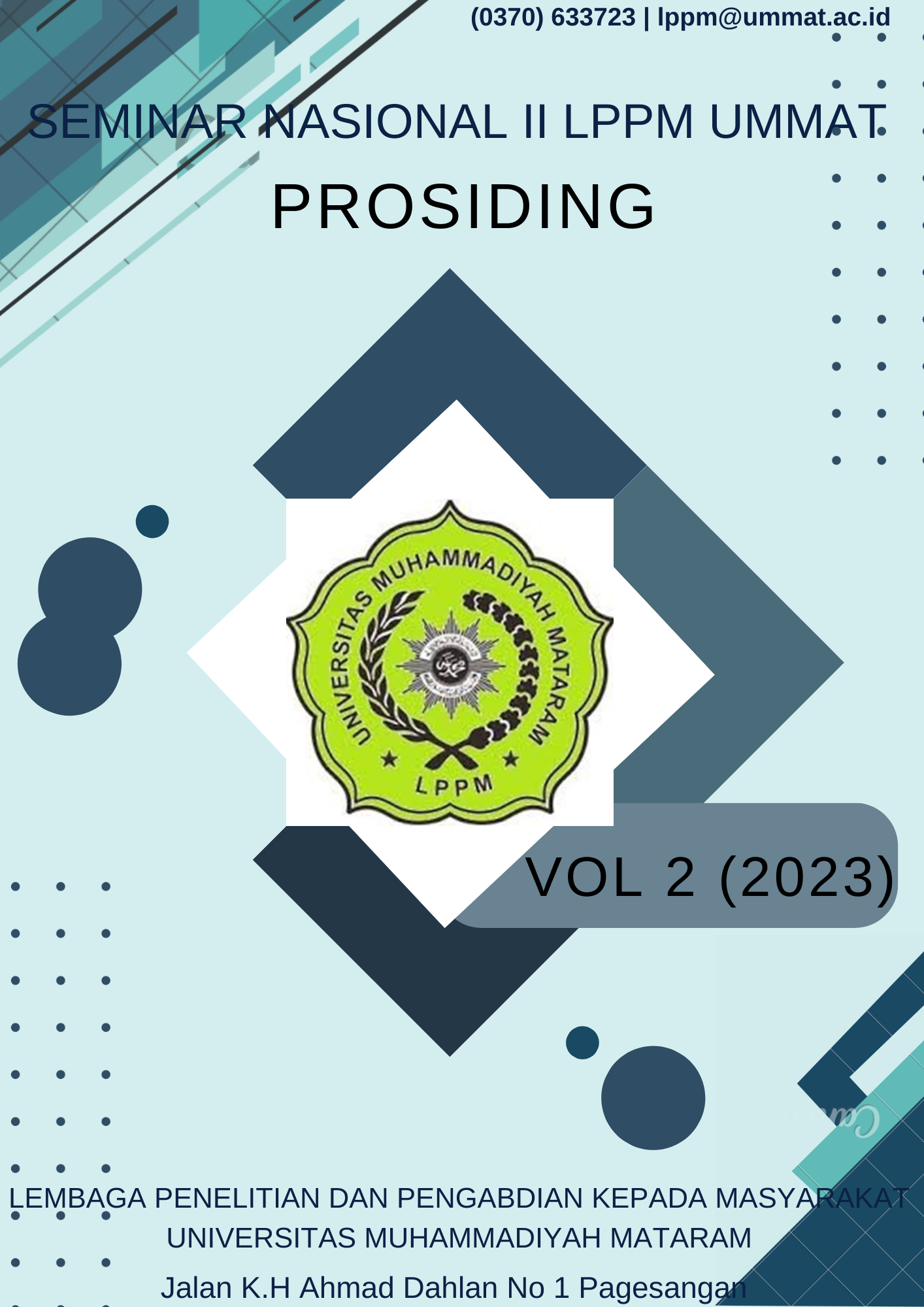Penatalaksanaan Program Fisoterapi Pada Efusi Pleura: Case Report
Keywords:
Efusi pleura, breathing Exercise, pursed lip breathing, suspained maximal inspirationAbstract
Abstrak: Efusi pleura adalah akumulasi cairan di antara pleura parietal dan visceral (kavitas pleura). Hal ini dapat terjadi karena infeksi, keganasan, atau peradangan yang terjadi pada jaringan parenkim atau karena gagal jantung kongestif. Tujuan: untuk mengetahui Penatalaksanaan Fisioterapi berupa breathing exercise pada kondisi efusi pleura et causa cardiomegaly. Metode: Metode penelitian meliputi studi kasus “case report†yang dilakukan pada 1 orang pasien wanita dengan diagnosis efusi pleura ec causa cardiomegaly. Alat ukur yang digunakan meliputi mMRC (Modified British Medical Reseach Council), Borg Scale dan pita ukur. Hasil: Setelah dilakukannya terapi sebanyak 4 kali didapatkan hasil penilaian pada pasien ialah adanya perubahan yang meliputi penurunan derajat sesak nafas,namun belum adanya nilai perubahan pada peningkatan sangkar thoraks. Kesimpulan: Adanya perubahan terhadap penurunan derajat sesak nafas, namun belum adanya nilai perubahan pada peningkatan sangkar thoraks,peningkatan aktivitas dan kemampuan fungsional pasien. Merujuk pada hasil penelitian, perlu dilakukannya penelitian dengan waktu yang cukup lama untuk menyelesaikan permasalahan pada efusi pleura et cardiomegaly.References
Chinchkar, N. J., Talwar, D., & Jain, S. K. (2015). Original Article A stepwise approach to the etiologic diagnosis of pleural effusion in respiratory intensive care unit and short ‑ term evaluation of treatment. 32(2), 107–115. https://doi.org/10.4103/0970-2113.152615
D’Agostino, H. P., & Edens, M. A. (2022). Physiology, Pleural Fluid.
Farrag, M., El Masry, A., Shoukri, A. M., & ElSayed, M. (2018). Prevalence, causes, and clinical implications of pleural effusion in pulmonary ICU and correlation with patient outcomes. Egyptian Journal of Bronchology, 12(2), 247–252. https://doi.org/10.4103/ejb.ejb
Jones, PhD, MCSP, M., & Moffatt, MSc, MCSP, F. (2013). Active Cycle of Breathing Techniques (Acbt). Cardiopulmonary Physiotherapy, 83–85. https://doi.org/10.3109/9780203427583-29
Krishna, R., & Rudrappa, M. (2022). Pleural Effusion.
Lee, Y. C. G., Fccp, M., & Fracp, F. (2020). Pleural embryology and gross structure, circulation, lymphatics, and nerves. In Textbook of Pleural Diseases. https://doi.org/10.1201/b19146-8
Muselema, C. K. (2015). School of Medicine Department of Physiology Effects of Active Cycle of Breathing Techniques ( Acbt ) on Ventilatory Function in Adult Heart Failure Patients At the Unversity Teaching Hospital Lusaka Zambia .
Puspita, I., Soleha, T. U., & Berta, G. (2017). Penyebab Efusi Pleura di Kota Metro pada tahun 2015. Jurnal Agromedicine, 4(1), 25–32. http://juke.kedokteran.unila.ac.id/index.php/agro/article/view/1545/pdf
Roberts, S. E., Schreuder, F. M., Watson, T., & Stern, M. (2017). Do COPD patients taught pursed lips breathing (PLB) for dyspnoea management continue to use the technique long-term? A mixed methodological study. Physiotherapy (United Kingdom), 103(4), 465–470. https://doi.org/10.1016/j.physio.2016.05.006
Suryowinoto, A., Hamid, A., & Desmalasa, A. F. (2017). Deteksi Dini Penyakit Pernafasan Asma Dengan Peak Expiratory Flow Meter Berbasis Microcontroller. Jurnal Ilmiah Mikrotek, 2(4), 21–28.
Downloads
Published
Issue
Section
License

This work is licensed under a Creative Commons Attribution-ShareAlike 4.0 International License.

